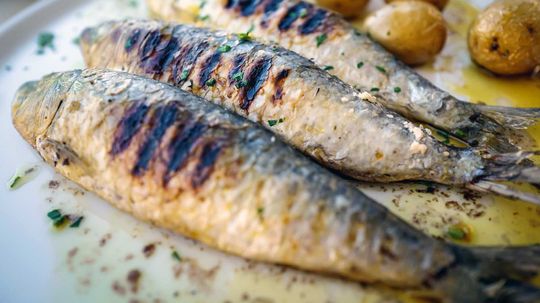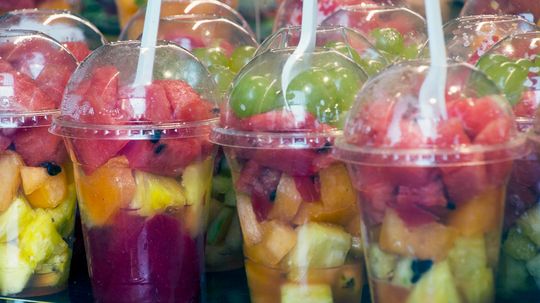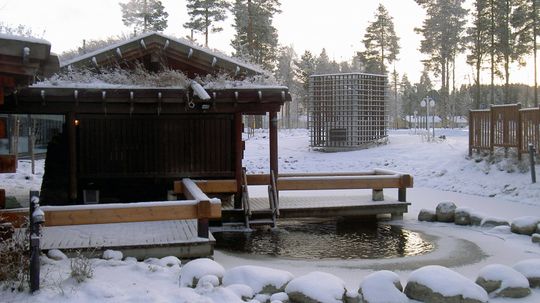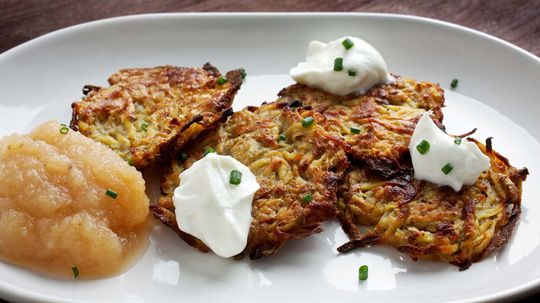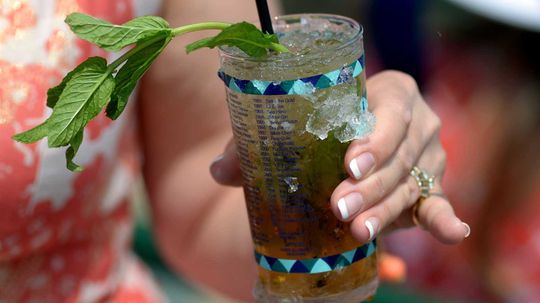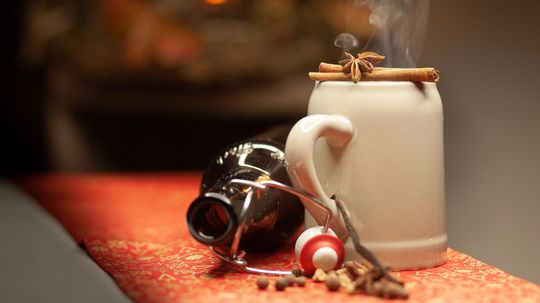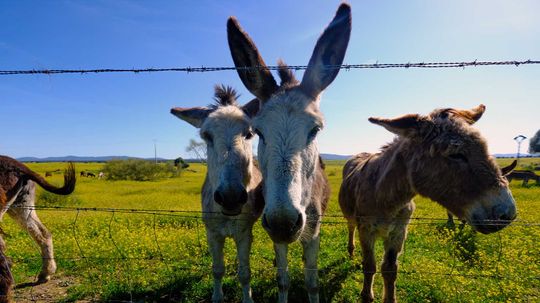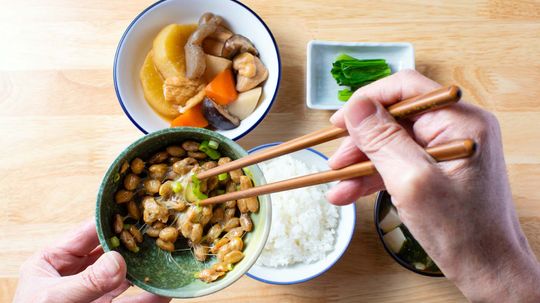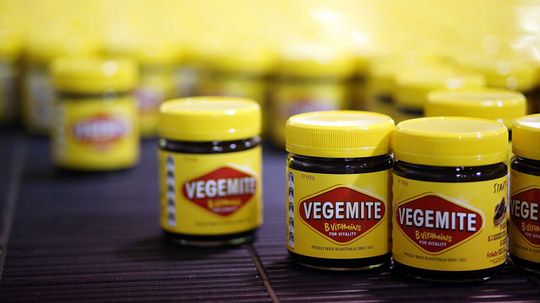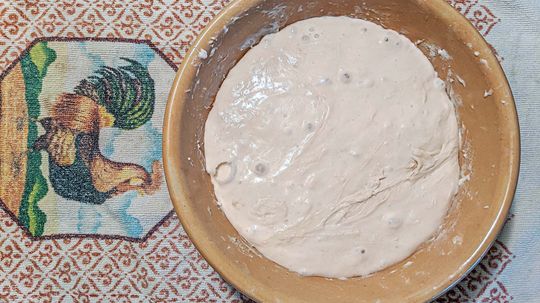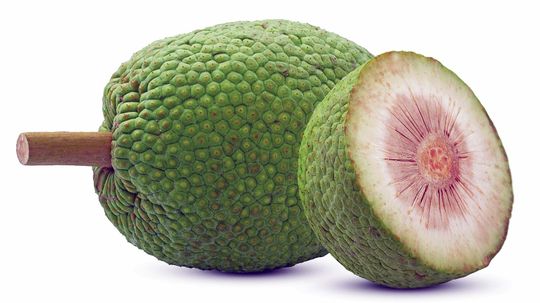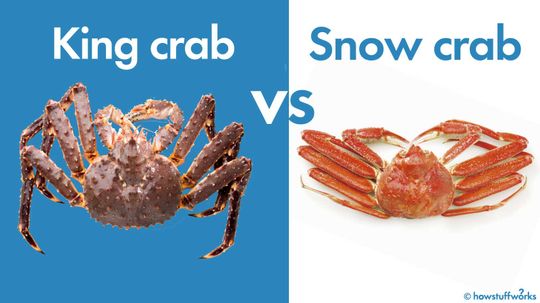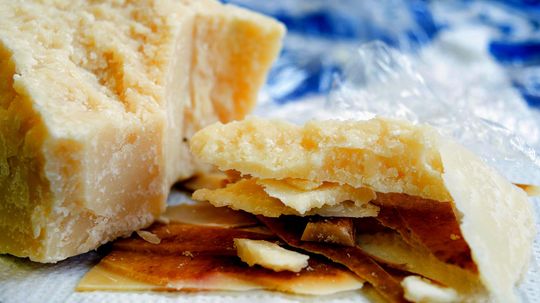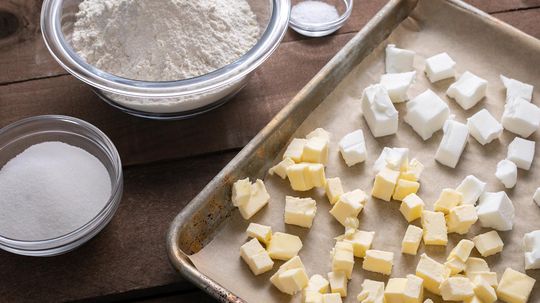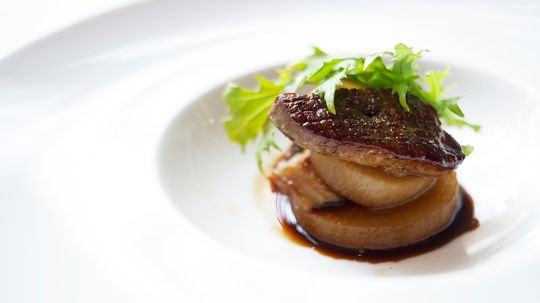Stephanie Vermillion is a freelance writer and photographer from Cincinnati, Ohio. She covers food, beer, wildlife and travel for HowStuffWorks. When she's not writing, Stephanie spends her free time playing with her rescue pup, Harry, or sampling new craft beers — in the name of research, of course. Find her online at www.stephanievermillionstudio.com.
Recent Contributions
If you're thinking of giving up meat, but can't stand the thought of never eating seafood again, you might want to consider the pescatarian diet.
China has joined the more than 120 countries outlawing certain types of single-use plastics, those convenient but controversial plastics we've all become so used to. What exactly are they, though, and is banning them really necessary?
The Finnish people tout the therapeutic benefits of a hot sauna, followed by a cold plunge into a lake. And they would know. They're credited with starting the practice and have been doing it for centuries.
Advertisement
When your broomstick just won't do, and you're forced to fly the "friendly skies," at least you can feel safe knowing you can still show up dressed to kill.
Both are destructive storms that can pack powerful winds and devastating storm surge. So how are they different? Or are they?
Latkes are potato pancakes that are commonly eaten during Hanukkah. What's behind this delicious Jewish tradition?
The mint julep is as synonymous with the Kentucky Derby as big hats and seersucker suits. But how did this simple drink from the 1700s wind up at the world's most famous horse race?
Advertisement
Some runners swear by them, but others not so much. Can wearing minimalist running shoes improve your running - for life? We talked to an Olympic marathoner to find out.
You might think prosecco and Champagne are the same because they both have bubbles, but you'd be wrong. So what's makes a quality prosecco?
Forget mulled wine. This year stay warm with the spicy flavor of mulled beer!
During 'Dry January,' you give up alcohol for the month in order to detox and start the new year off right. But does it typically lead to binge drinking in February?
Advertisement
We know wine collectors age their wine. But what about beer? There's a movement of beer enthusiasts dabbling in aging beer, too. Do the same rules apply?
Are these strong and dependable animals all the same? If so, why the different names? If not, what makes them different?
It's slimy, stringy and even quite pungent, but natto is also chock full of nutrients. So what is this superfood that's been a staple in Japan for thousands of years?
Men at Work sang about the stuff in their 1981 hit 'Down Under.' But what is this thick, black spread anyway?
Advertisement
No yeast to bake bread? No problem. You can start baking sourdough bread in about a week once you've made your own sourdough starter. We'll tell you how.
Chopsticks have been in use since 1200 B.C.E. And today more than 20 percent of the world's population uses chopsticks as its primary utensil.
This starchy, staple fruit that grows in the tropics has the potential to provide food security to millions. So what exactly is it and who's eating it?
Size is the most obvious difference between king and snow crab, but the distinctions don't end there. We'll tell you what makes each crab special.
Advertisement
Americans love frozen desserts. But ask someone what the difference is between ice cream, gelato, frozen custard and frozen yogurt and you'll probably get a blank stare. So how do these popular treats differ?
You don't have to fry your food when you can get the same crispy results with hot air.
Those leftover cheese rinds can be valuable ingredients that you can harness into new recipes. We'll show you simple ways to use them as flavor enhancers.
Condensed milk and evaporated milk may have similar names, but the two are very different. We explain when to use which one.
Advertisement
Both are essential fats for baking, but they bring different flavors, textures and even appearances to the end product. So is one better than the other?
Cities around the world are banning foie gras, the French delicacy of fattened duck liver because the labor-intensive force-feeding process is considered unethical.

